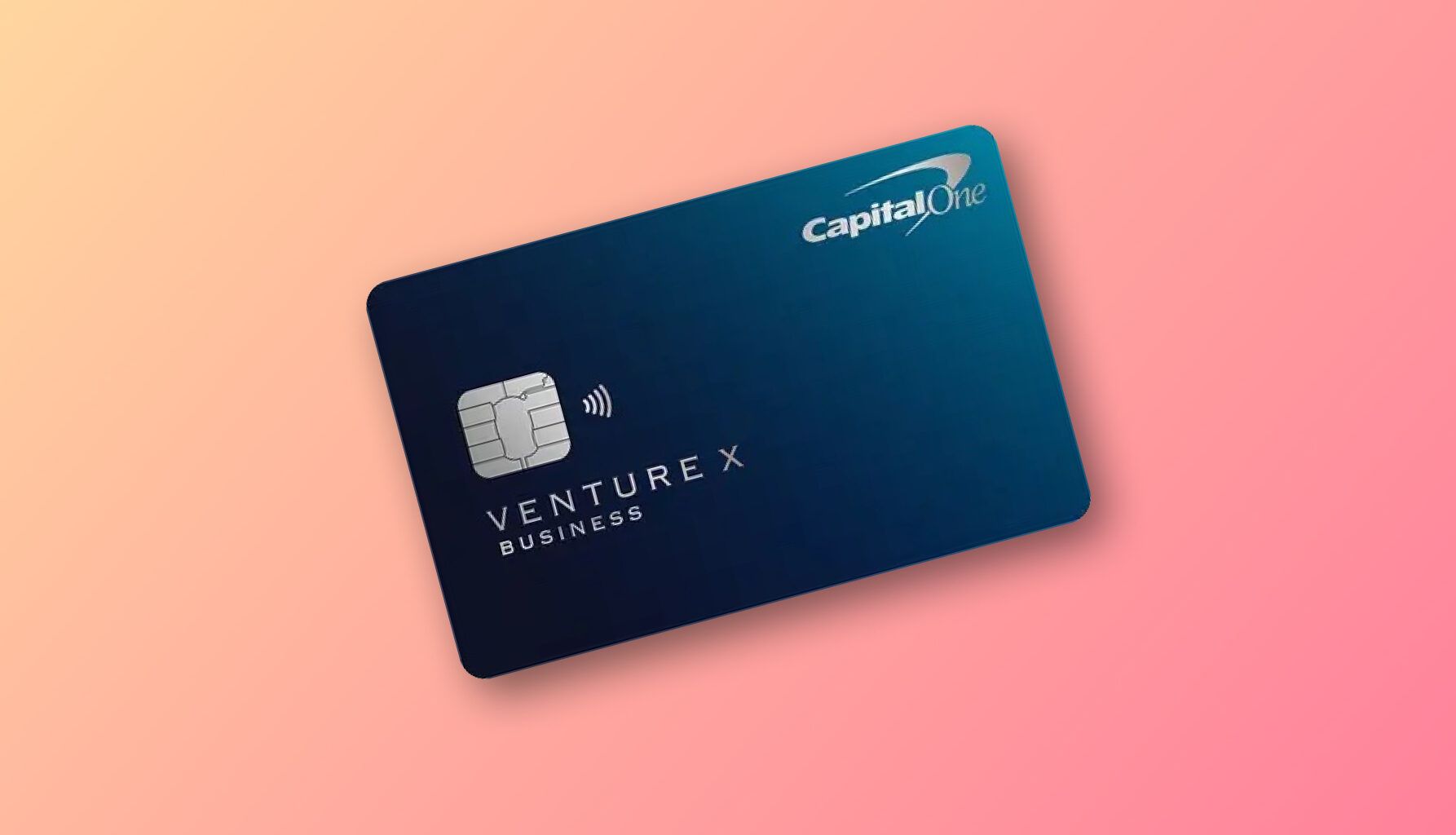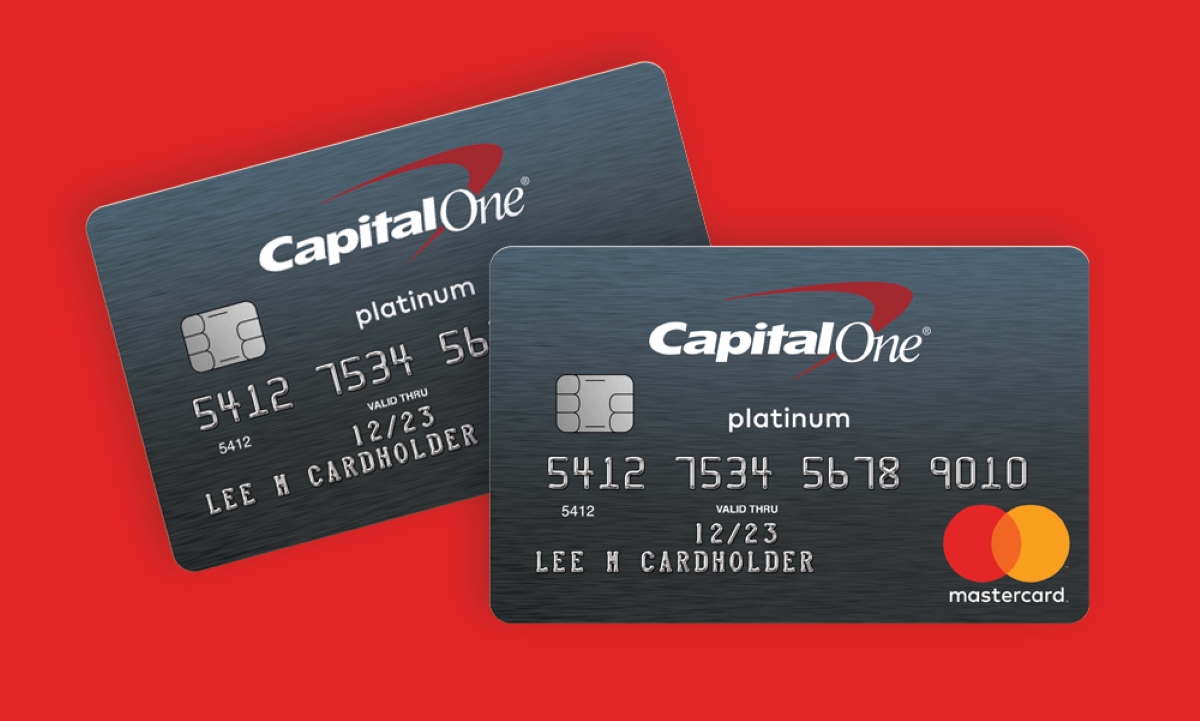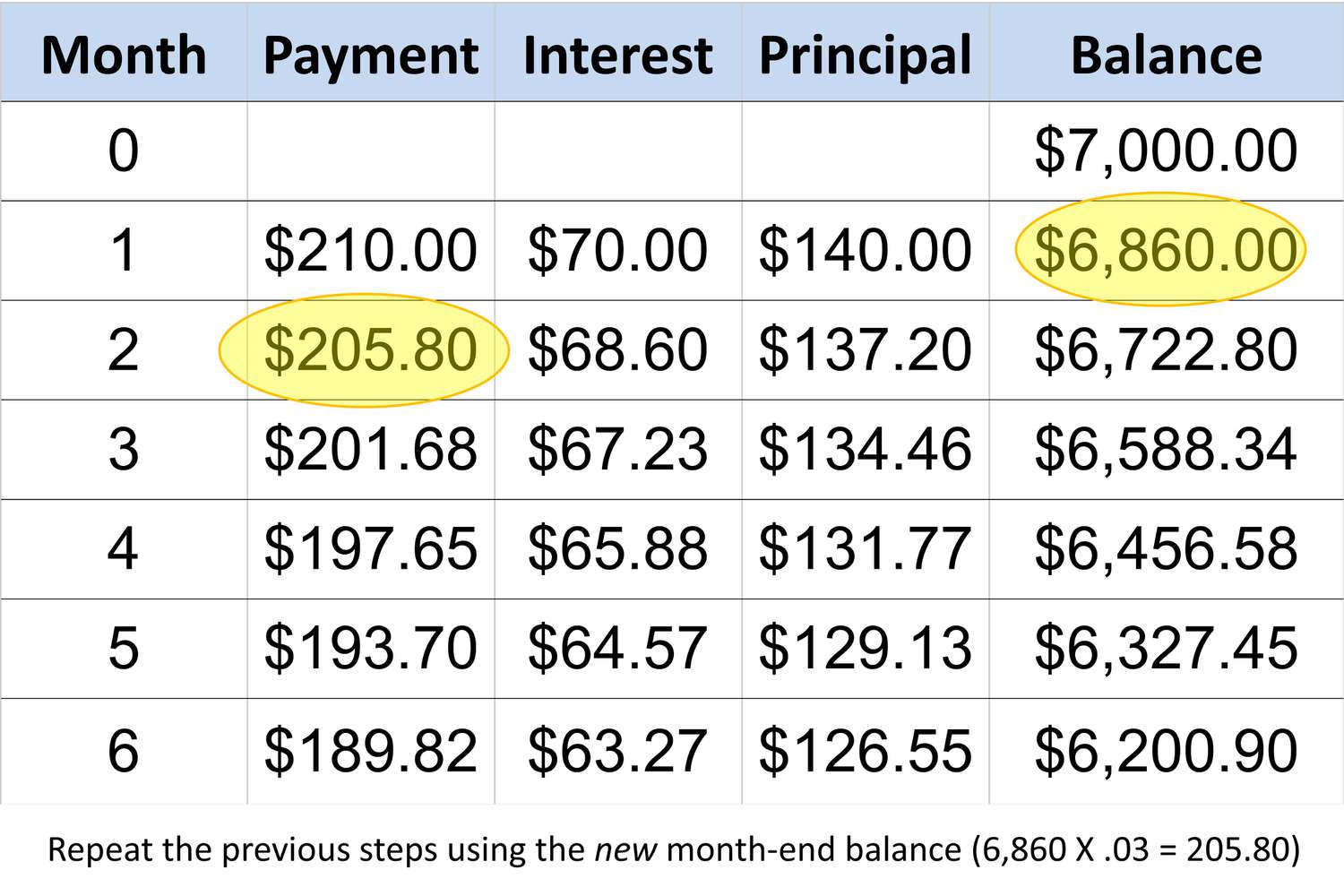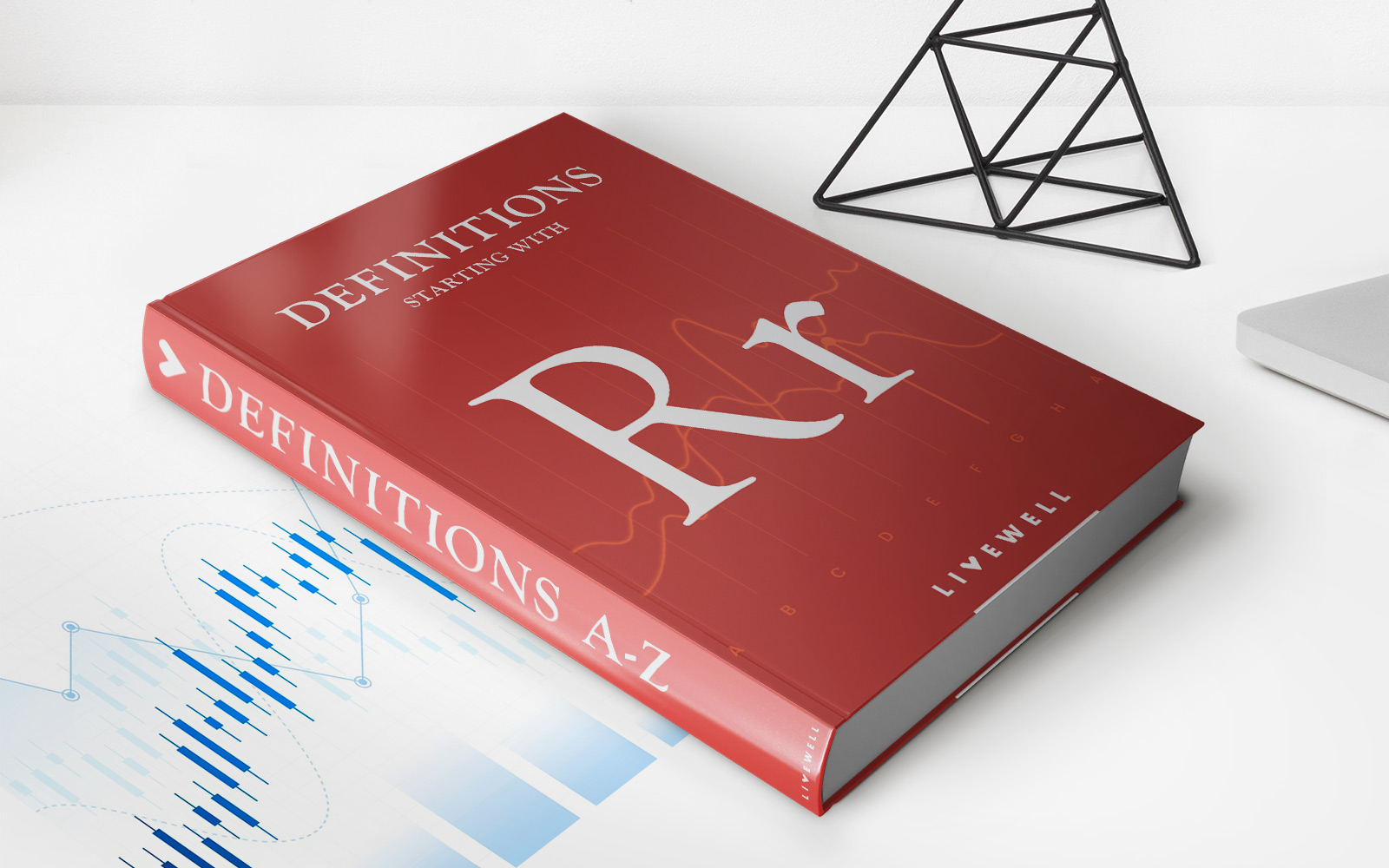Home>Finance>What Is The Minimum Payment On A Credit One Credit Card


Finance
What Is The Minimum Payment On A Credit One Credit Card
Published: February 27, 2024
Learn how to calculate the minimum payment on a Credit One credit card and manage your finances effectively. Get expert advice on credit card payments.
(Many of the links in this article redirect to a specific reviewed product. Your purchase of these products through affiliate links helps to generate commission for LiveWell, at no extra cost. Learn more)
Table of Contents
Introduction
Credit cards have become an integral part of modern-day financial transactions, offering convenience and flexibility in managing expenses. However, it's crucial to understand the implications of credit card usage, particularly regarding minimum payments. A credit card's minimum payment may seem like a small, manageable expense, but delving deeper reveals its impact on long-term financial well-being.
When considering the minimum payment on a Credit One credit card, it's essential to comprehend the factors influencing this obligation. By unraveling the intricacies of minimum payments, cardholders can make informed decisions about managing their credit card debt. This article aims to demystify the concept of minimum payments, shed light on how they are calculated, and emphasize the significance of paying more than the minimum. Additionally, it will explore the repercussions of making only the minimum payment and provide valuable tips for effectively managing credit card payments.
Understanding the minimum payment requirements and their underlying implications is pivotal for maintaining a healthy financial standing. By delving into this subject, individuals can gain insights that empower them to make sound financial choices and navigate the credit landscape with confidence. Let's embark on this enlightening journey to unravel the nuances of minimum payments on Credit One credit cards and equip ourselves with the knowledge needed to make prudent financial decisions.
Understanding Minimum Payments
Minimum payments represent the lowest amount a cardholder must pay toward their credit card balance each month to remain in good standing with the issuer. While this may seem like a manageable obligation, it’s crucial to comprehend its broader implications. Many individuals perceive the minimum payment as a fixed, insignificant sum, overlooking its far-reaching consequences on their financial well-being.
One common misconception is that making the minimum payment suffices to keep credit card debt in check. However, this approach often leads to prolonged debt and substantial interest accrual. By understanding the intricacies of minimum payments, cardholders can grasp the importance of managing their credit card balances proactively.
Furthermore, comprehending the dynamics of minimum payments enables individuals to make informed decisions about their financial priorities. It sheds light on the interplay between minimum payments, interest rates, and overall debt reduction, fostering a deeper understanding of credit card management.
By delving into the essence of minimum payments, cardholders can gain a holistic perspective on their financial responsibilities and leverage this knowledge to make prudent decisions regarding their credit card usage. This understanding empowers individuals to take control of their financial destinies and navigate the credit landscape with confidence and foresight.
How Minimum Payments Are Calculated
The calculation of minimum payments on Credit One credit cards typically involves a percentage of the outstanding balance, subject to a minimum dollar amount. This computation varies among credit card issuers but commonly comprises a small percentage of the total balance, typically around 1%-3%, coupled with a fixed minimum, such as $25. It’s important to review the specific terms outlined in the credit card agreement to understand the precise formula used by Credit One.
For instance, if a cardholder’s outstanding balance is $1,000, the minimum payment might be calculated as 2% of the balance, amounting to $20, or a fixed minimum of $25, depending on which is greater. Understanding this calculation is essential for cardholders to anticipate their monthly obligations and plan their finances accordingly.
Moreover, delving into the calculation of minimum payments elucidates the correlation between the outstanding balance and the required monthly payment. It underscores the impact of credit card usage on financial commitments and encourages individuals to assess their spending and repayment strategies thoughtfully.
By comprehending how minimum payments are computed, cardholders can gain clarity on the factors influencing their monthly financial obligations. This knowledge empowers them to make informed decisions about managing their credit card debt and reinforces their ability to navigate the intricacies of credit card finance.
Importance of Paying More Than the Minimum
While meeting the minimum payment requirement is essential for avoiding late fees and maintaining a positive credit standing, it’s equally crucial to recognize the significance of paying more than the minimum on a Credit One credit card. By paying only the minimum, cardholders may fall into a cycle of persistent debt accumulation, primarily due to the interest charges applied to the remaining balance.
Paying more than the minimum serves as a proactive strategy to expedite debt reduction and minimize interest accrual. It enables cardholders to chip away at their outstanding balances more effectively, ultimately facilitating a swifter path to debt freedom. By allocating additional funds toward their credit card payments, individuals can mitigate the long-term financial burden associated with revolving credit card balances.
Furthermore, paying more than the minimum cultivates disciplined financial habits and fosters a proactive approach to debt management. It empowers cardholders to take control of their financial destinies, steering clear of the pitfalls of prolonged debt and exorbitant interest costs. By prioritizing higher payments, individuals can expedite their journey toward financial stability and liberate themselves from the shackles of persistent credit card debt.
Understanding the importance of paying more than the minimum on a Credit One credit card underscores the value of proactive debt reduction and prudent financial management. It encourages individuals to allocate their resources strategically, minimize interest expenses, and embark on a trajectory toward financial freedom.
Consequences of Making Only the Minimum Payment
Making only the minimum payment on a Credit One credit card can have profound implications that extend far beyond the immediate financial obligations. One of the most significant consequences is the persistent accrual of interest on the remaining balance. By perpetuating a cycle of carrying forward a substantial portion of the balance, cardholders subject themselves to prolonged interest charges, resulting in a significant long-term financial burden.
Moreover, making only the minimum payment can impede progress toward debt reduction, perpetuating a cycle of revolving credit card balances. This approach prolongs the duration of debt repayment and amplifies the overall interest costs, constraining individuals within the confines of persistent financial strain.
Additionally, relying solely on minimum payments may hinder individuals from building a robust credit profile. Credit utilization, a key factor in credit scoring, is optimized when cardholders maintain low balances relative to their credit limits. By consistently carrying forward substantial balances and making only the minimum payments, individuals may inadvertently compromise their creditworthiness, thereby limiting their access to favorable credit terms in the future.
Furthermore, the psychological impact of perpetually carrying credit card debt can induce stress and anxiety, exerting a toll on individuals’ overall well-being. By breaking free from the cycle of minimum payments and persistent debt, individuals can alleviate this psychological burden and pave the way for enhanced financial peace of mind.
Understanding the consequences of making only the minimum payment on a Credit One credit card underscores the imperative of proactive debt management. It illuminates the far-reaching implications of this approach and underscores the value of prioritizing higher payments to expedite debt reduction and minimize the long-term financial burden.
Tips for Managing Credit Card Payments
Effectively managing credit card payments is pivotal for maintaining financial stability and minimizing the long-term burden of credit card debt. By implementing prudent strategies and cultivating disciplined financial habits, individuals can navigate their credit card obligations with confidence and foresight. Here are some valuable tips for managing credit card payments:
- Create a Budget: Establish a comprehensive budget that encompasses all monthly expenses, including credit card payments. By delineating a clear overview of income and expenditures, individuals can allocate funds strategically and ensure timely credit card payments.
- Pay More Than the Minimum: Whenever possible, strive to pay more than the minimum required amount on your Credit One credit card. By allocating additional funds toward your credit card payments, you can expedite debt reduction and minimize interest costs.
- Set Up Automatic Payments: Consider setting up automatic payments for your credit card to ensure that the minimum amount is consistently paid on time. This mitigates the risk of missing payments and incurring late fees.
- Monitor Your Statements: Regularly review your credit card statements to track your expenses and verify the accuracy of charges. This proactive approach allows you to detect any discrepancies and address them promptly.
- Avoid Cash Advances: Refrain from using your credit card for cash advances, as they often incur exorbitant fees and high interest rates. Opt for alternative sources of funds to avoid unnecessary financial strain.
- Limit New Purchases: While focusing on debt reduction, exercise restraint in making new purchases on your credit card. Minimizing additional charges allows you to concentrate on reducing existing balances effectively.
- Seek Financial Guidance: If you encounter challenges in managing your credit card payments or debt, consider seeking guidance from a financial advisor or credit counseling service. Professional assistance can provide valuable insights and tailored strategies for effective debt management.
By incorporating these tips into your financial approach, you can navigate your credit card payments adeptly and cultivate a proactive stance toward debt management. These strategies empower you to optimize your financial resources, minimize interest expenses, and pave the way for enhanced financial well-being.
Conclusion
Understanding the dynamics of minimum payments on Credit One credit cards is pivotal for navigating the complexities of credit card finance and fostering sound financial management. By unraveling the nuances of minimum payments, individuals can equip themselves with the knowledge needed to make informed decisions about their credit card obligations.
It’s imperative to recognize that while the minimum payment is a fundamental requirement for maintaining good standing with the credit card issuer, paying only the minimum can lead to prolonged debt and substantial interest costs. By embracing a proactive approach that involves paying more than the minimum, individuals can expedite debt reduction, minimize interest accrual, and pave the way for enhanced financial stability.
Moreover, the consequences of making only the minimum payment underscore the far-reaching implications of this approach, encompassing prolonged interest costs, hindered debt reduction, and potential impacts on creditworthiness. By prioritizing higher payments and implementing prudent financial strategies, individuals can liberate themselves from the shackles of persistent credit card debt and embark on a trajectory toward financial freedom.
By adhering to effective tips for managing credit card payments, such as creating a budget, paying more than the minimum, and monitoring statements, individuals can navigate their credit card obligations with confidence and foresight. These strategies empower them to optimize their financial resources, minimize interest expenses, and cultivate disciplined financial habits.
In essence, comprehending the intricacies of minimum payments, prioritizing proactive debt reduction, and implementing prudent financial strategies are pivotal steps toward fostering a healthy financial outlook. By embracing these principles, individuals can transcend the constraints of persistent credit card debt and embark on a journey toward enhanced financial well-being and peace of mind.














